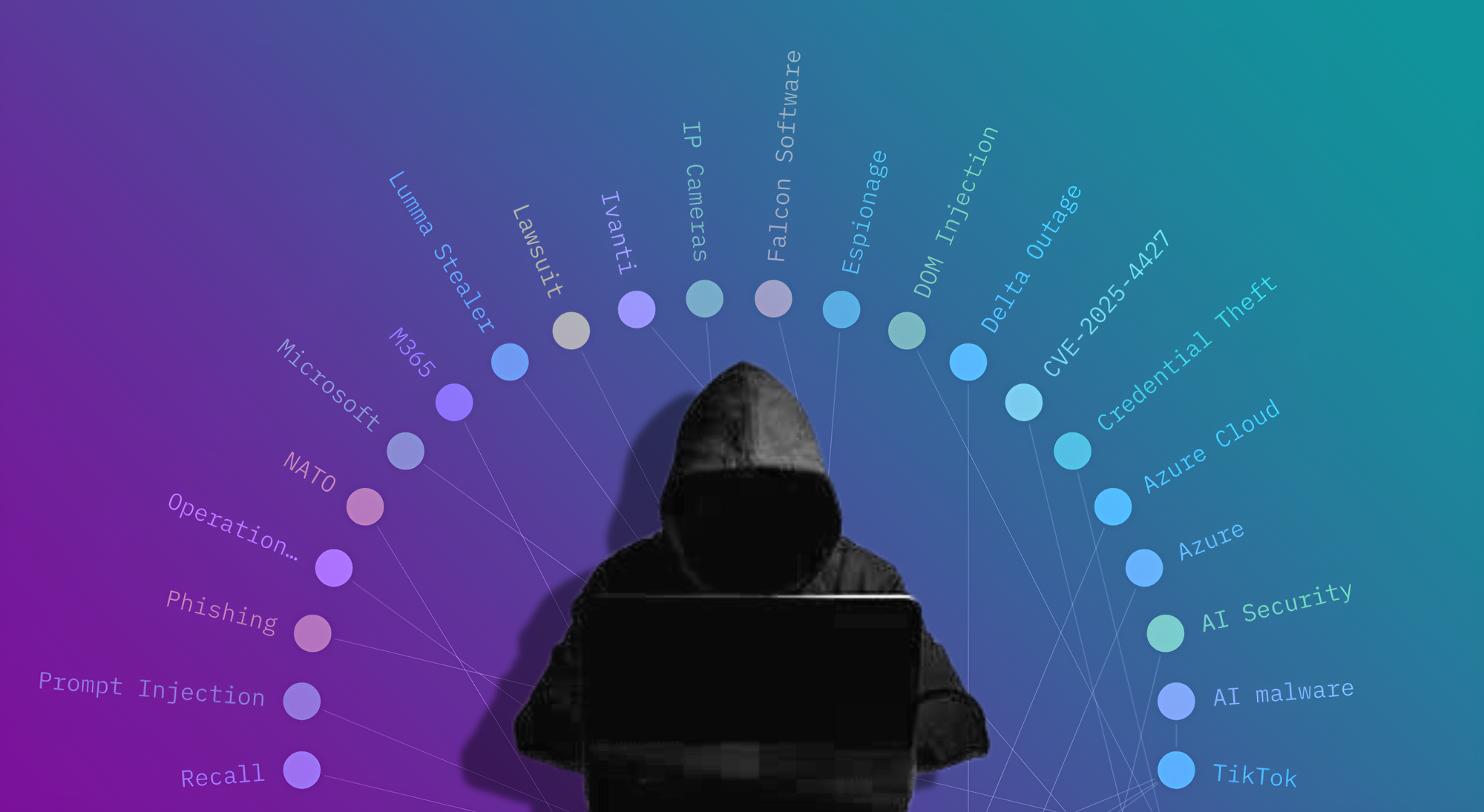The United Kingdom is undergoing a major defence reform by unifying its cyber and electronic warfare units under a single command. Backed by over £1bn in AI investment, the strategy draws on lessons from the war in Ukraine and aims to strengthen Britain’s leadership role within NATO.
Strategic Review to Reshape High Tech Military Capabilities
The United Kingdom will merge its cyber and electronic warfare units under a unified command, marking a significant transformation in the structure of its military operations. Defence Secretary John Healey announced the plan as a core element of the upcoming Strategic Defence Review, which is expected to be published on Monday. The review will outline long term priorities for military investment and capability development.
Over One Billion Pounds Allocated for AI Enhanced Data Analysis
The Ministry of Defence plans to invest more than one billion pounds in an artificial intelligence powered system to process and analyse the vast quantities of data generated by the armed forces. This initiative reflects lessons learned from the war in Ukraine, where digital tools and battlefield connectivity have played a critical role in offsetting numerical disadvantages.
Response to Global Security Pressures
During a visit to the UK’s cyber command headquarters in Corsham, Wiltshire, Healey emphasised the need to strengthen British defences against increasing threats, particularly from Russia. Prime Minister Sir Keir Starmer has pledged an additional five billion pounds this year to raise defence spending to two point five percent of GDP by twenty twenty seven and potentially three percent by the next election.
However, pressure from NATO allies, including the United States, suggests this may not be sufficient. NATO Secretary General Mark Rutte recently stated he expects alliance members to agree to a spending target of five percent of GDP, split between core defence and broader security initiatives.
New Cyber Command to Streamline Operations
The reorganisation will create a new National Cyber and Electromagnetic Command that brings together personnel from the Ministry of Defence, GCHQ, and other government departments. This unified structure is intended to improve coordination across critical digital and information based operations.
The National Cyber Force, which conducts offensive cyber activities, will remain a separate entity. The new command mirrors developments in other countries such as the United States, where cyber forces have been consolidated to boost operational efficiency.
Digital Infrastructure at the Centre of Future Warfare
Speaking about the digital evolution of military conflict, Healey said the United Kingdom faces constant cyber threats and must treat keyboards as modern weapons. “In future conflicts, those who prevail will not only be better trained and equipped but also better connected,” he said.
Concerns Over Organisational Complexity
Despite the ambition behind the initiative, some experts remain cautious. A serving reserve officer noted that while the focus on electronic warfare and cyber capabilities is necessary, creating new layers of bureaucracy might not be the most effective way to streamline command structures.
AI System to Integrate Battlefield Intelligence
The proposed AI system, described as a “digital targeting web,” aims to combine data streams across all branches of the military to generate actionable insights. Unlike existing tools such as Palantir’s Maven, this system will be built as a network of interoperable platforms rather than a single unified solution.
Will Blyth, chief executive of UK defence software company Arondite, welcomed the investment. “It is a serious level of commitment and shows that this is a real priority for the future of British defence,” he said.



















Discussion